(Psst: The FTC wants me to remind you that this website contains affiliate links. That means if you make a purchase from a link you click on, I might receive a small commission. This does not increase the price you’ll pay for that item nor does it decrease the awesomeness of the item. ~ Daisy)
Have you ever heard of “super lice?”
Just in case plain old ordinary lice weren’t bad enough, “super lice” don’t respond to the normal chemical treatments. Just like antibiotic-resistant infections, it seems that lice have adapted to the pesticide-filled shampoos that are commonly used and are thumbing their little buggy noses at efforts to eradicate them.
Dr. Kyong Yoon, PhD, of Southern Illinois University has been researching the trend. “We are the first group to collect lice samples from a large number of populations across the U.S.What we found was that 104 out of the 109 lice populations we tested had high levels of gene mutations, which have been linked to resistance to pyrethroids.”
Dr. Yoon says that there are other treatments that will work against the current batch of lice, but warns, “If you use a chemical over and over, these little creatures will eventually develop resistance.”
But what if I told you that you don’t have to use a chemical AT ALL and could make one small, simpler purchase that could be used again and again on as many people as necessary?
Applying pesticides to children’s heads
Not only are storebought headline treatment extremely expensive (multiply one package by every person in your house with hair, then do a second treatment – wow!), but they’re incredibly toxic.
Here’s the thing: these are poisons. Would you spray pesticides on your kid’s head? Pediatrician Dr. William Sears explains the hazards of some of these chemicals on his website:
- Permethrin 1% (brand name NIX) – this over-the-counter rinse is a synthetic pesticide. It is the safest of all the pesticide-type lice shampoos. It is not recommended for infants under 2 months of age. The best thing about this shampoo is that it kills both the live lice and the unhatched eggs. It also keeps working for 2 weeks. Therefore, re-treatment usually is not necessary. Don’t use this if you are allergic to chrysanthemums…
- Malathion (brand name Ovide) – this pesticide is available by prescription. It is for kids 6 years and older. You may have heard of this pesticide – it is sprayed from aircraft over cities to control certain agricultural insects including fruit flies. This shampoo lotion was previously used in the U.S., then was taken off the market for a while (although it was still used in other countries), and is now recently approved again by the FDA for use in the U.S. Because of its potential toxicity, we do not routinely recommend using this product unless virtually everything else has been tried. Precautions – product is flammable, do not use hot curlers or hair driers, and do not smoke while product is on. Rinse off immediately if significant irritation occurs. May irritate the eyes. Wash hands thoroughly. Minimize contact with face and other parts of body.
- Lindane – this is another pesticide available by prescription. It is approved for children of all ages, although should be used with extreme caution in kids under 2 years. It is the most potentially toxic of all the lice shampoos and therefore should only be used when everything else has failed twice. Because of its potential toxicity we do not recommened its use, especially considering the harmless nature of head lice. It does not kill the lice eggs; therefore care should be taken to use a nit comb to remove all nits after use.
But these treatments have been linked to adverse reactions that range from an itchy rash to headaches to death.
The most commonly used OTC treatment is Permethrin, a pyrethroid which everyone will try to tell you is just as safe as chrysanthemums. However, a) just because something comes from a plant doesn’t mean that’s it’s non-toxic – (poison ivy or oleander, anyone?) and b) it’s NOT from a plant – it’s a synthetic version of the active ingredient in the plant.
Permethrin, the least toxic of the options, is nonetheless horrifying.
While pyrethroids may be amongst the least toxic of insecticides, they are an excitatory nerve poison, acting upon the sodium ion channels in nerve cell membranes:
- by sending a train of impulses rather than a single one, they overload the pathways, blocking the passage of sodium ions across cell membranes; similar in action to organophosphates (which include the now banned DDT); inhibits ATPase, which affects the release of acetylcholine, monoamine oxidase-A and acetylcholine;
- inhibits GABAa receptors, resulting in convulsions and excitability (and more ‘minor’ problems such as sleep disorders);
- known to be carcinogenic;
- liver damage
- thyroid function
- cause chromosomal abnormalities in mice and hamsters;
- are highly toxic to insects, fish, and birds;
- mimic estrogen, leading to estrogen dominant health problems in females and feminizing effects in males, including lowered sperm counts and abnormal breast development
- sublethal doses have produced a wide array of abnormal behaviors, including aggression, and disruption in learning and learned behaviors
This is the treatment that is no longer effective to treat the super lice making the rounds in America. So, if this is the “safe” one, what on earth are the unsafe ones going to do to your children?
Lindane is so toxic that it can’t be used on crops or cattle, so why in the name of all things cute and fluffy would a parent ever put it on their child? According to the FDA, who still somehow approves this for use on the skin of children, there are some horrific potential side effects.
Lindane may cause serious side effects such as seizures (convulsions, fits) or death. Lindane can also make you feel sleepy, dizzy, or can cause body shaking that you cannot control.
The most common side effects of Lindane are:
- itching skin
- burning skin
- dry skin
- a skin rash
Seriously? This is somehow okay?
Use the wet-combing method for head lice removal instead.
To get rid of lice, you don’t need to use toxic chemicals or to smother them with substances like olive oil, mayonnaise, or petroleum jelly. There is a far simpler method that is incredibly effective. Since it doesn’t rely on chemical pesticides, there’s no need to be concerned about bugs that are resistant to conventional treatments.
It’s called “wet combing” and it’s exactly what it sounds like. All you need is an extremely fine-toothed comb. Those little plastic ones that come with the boxes of chemical treatments aren’t sufficient.
You need a comb like this:
This comb has strong metal tines that are very close together. The grooves help to catch the nits as well as the live bugs. There are other brands, but make sure you get a metal one with the grooves.
Conventional pharmacy treatments are very expensive and you have to buy new treatments each time. The great thing about these combs is that they never wear out and can be used for years (although hopefully, you’ll need it only rarely.) This head lice removal method will work regardless of whether the lice outbreak is made up of “super lice” that are immune to chemical treatments or regular, everyday cooties.
How to remove lice without chemicals
This process is time-consuming but it’s THE MOST effective way to get rid of head lice. Gather up your supplies:
- A lice comb with metal teeth
- Conditioner
- Kleenexes or a white cloth
- Tweezers (optional)
- Magnifying glass (optional)
A tolerance will never be built up because no chemicals are used, it’s inexpensive, and it’s completely non-toxic. The term “wet-combing” is a little bit misleading since you start with a completely dry head.
- Find a location with good light, where the person with the infestation can be completely comfortable. When I’ve treated children, I generally put them on a pillow on the floor in front of the couch and put a movie on to entertain them.
- Apply conditioner liberally to dry hair. Use a brush to pull the conditioner completely through the hair from root to tip. Add more if necessary. It’s very important that the hair be well-lubricated with conditioner so that you can use the fine-toothed comb without pulling too painfully. If, for some reason, you don’t have access to conditioner you can use a spray bottle with water. However, it won’t detangle as well. After brushing the conditioner through the person’s hair, put the brush aside to be cleaned. DO NOT use it again, or you could be putting nits right back into the hair you just combed out.
- Separate the hair into sections, and use clips to hold them into place. How many sections depends on how thick the person’s hair is. For someone with very thick hair, you’ll probably need to make 6 or more sections. You’re going to work on one section at a time, then pin the completed section back into place to keep it away from the other sections.
- Using your lice comb (or “cootie comb” as we called it in my house) start all the way up at the scalp. Draw the comb all the way through the entire length of the strand of hair. After each pass with the comb, wipe off the conditioner and whatever else comes off the hair with it. I normally use kleenexes for this so that I can flush the bugs and nits when I’m done. Go through each strand 2-3 times, or until the comb comes back without bugs or nits.
- Pay extra attention to places like the crown of the head, behind the ears, and along the hairline at the nape of the neck. These tend to be the most louse-populated areas.
- Once you’ve gone through the entire head of hair, the person can wash out the conditioner.
- Do away with the bugs and eggs by flushing them down the toilet or throwing them into the woodstove or fireplace.
After you’re finished combing, wash everything that has touched the person’s head in hot soapy water with a touch of bleach.
Repeat this process no less than 2 times per day for a week after the lice were found. After that, check the person’s head every day for another week. If you missed any eggs, it will take 7-12 days for them to hatch and your infestation could start all over again if you aren’t scrupulous.
Yes, it’s time-consuming, but so is the other outrageously expensive unhealthy chemical method.
Do a thorough cleaning after you’ve gotten rid of head lice
It’s imperative that you also do some extra housekeeping. It does no good to painstakingly comb out hair but then to go and lay in a bed where bugs could be lying in wait. It isn’t necessary to get expensive (and toxic) sprays to kill the bugs in your house. A thorough cleaning with a few extra steps will do just as much to get rid of them.
- Stuffed animals and pillows can be placed in a freezer for a week, or in black plastic garbage bags out in the sun for two weeks.
- Washing and drying clothing and bedding at temperatures above 130 degrees Fahrenheit will kill lice and eggs.
- Thoroughly vacuum all carpeted areas and throw out your vacuum cleaner bag immediately after.
- Remember, in stubborn cases, lice and nits can only live 2-7 days away from a host, so keeping your children out of their rooms for 10 days can eliminate the need to spray the bedding and carpet.
It’s important to note that head lice have absolutely nothing to do with cleanliness or personal hygiene. If a family member ends up with lice, it’s unpleasant and makes extra work, but it is not a reflection on your home or habits.
Be proactive
An itchy head often the first sign of a lice infestation. The earlier you catch it, the easier time you will have getting rid of it. Check your child’s head frequently to perform head lice removal while it’s just a bug or two. This school year promises to be a doozy.
If your child DOES have lice, don’t be pressured into using the toxic chemical treatments. Wet combing is highly effective and works on even “super lice.”
Pick up a good quality lice comb BEFORE your child comes home with head lice. It’s about a $12 investment that will allow you to immediately take action if that phone call from the school nurse arrives.
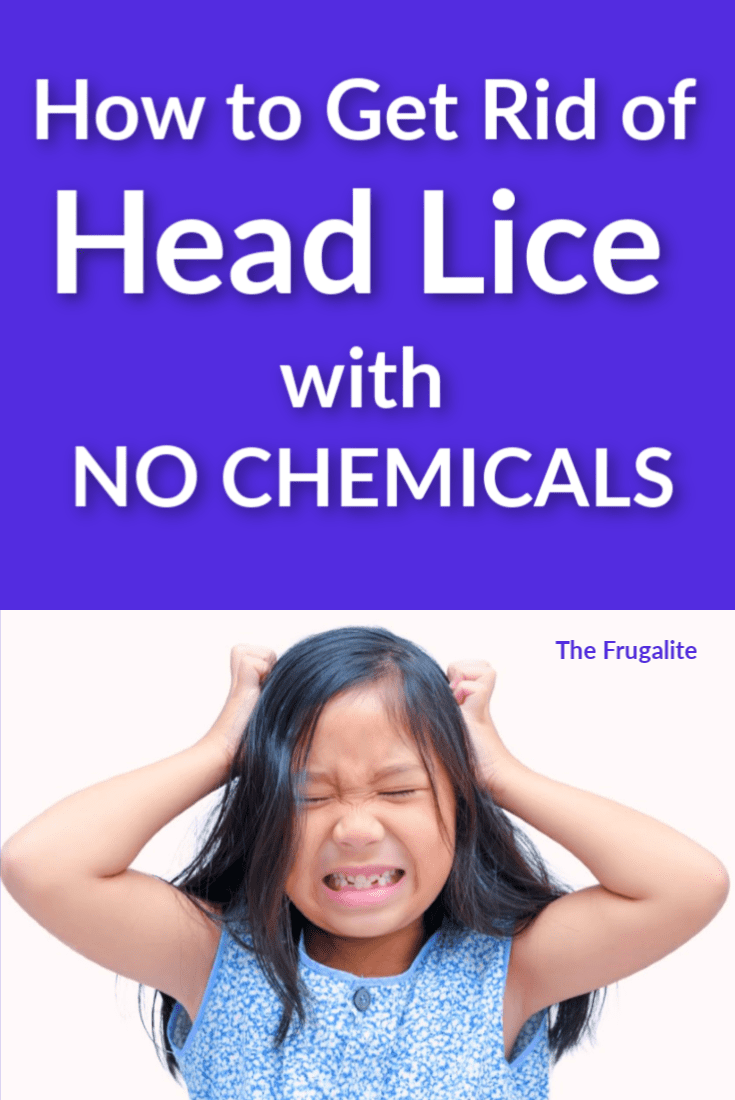

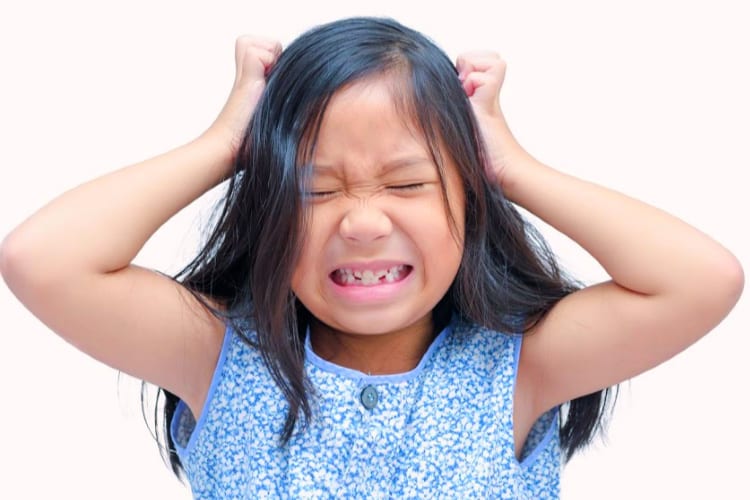
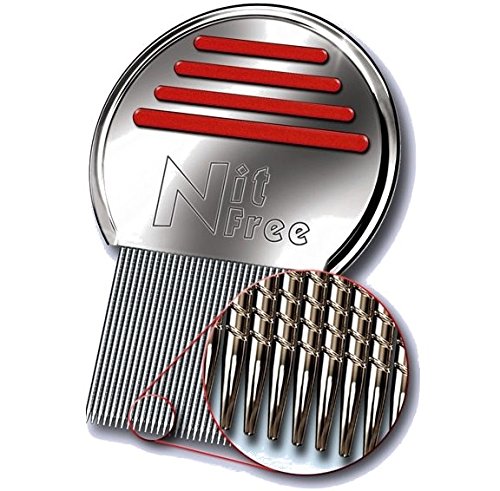
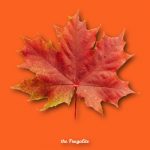





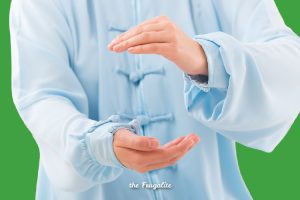


9 thoughts on “How to Get Rid of Head Lice With NO Chemical Treatments”
I swear my head is itching already! I’m so glad to see someone talk about the dangers of the commercial lice treatments. I’ve read more than one story about moms who thought that if the directions said to leave it on for 5 minutes, they thought leaving it on for 10 would kill more eggs! It can cause serious, irreversible damage. My daughter had lice years ago and I spent so much time combing through her long hair that the school nurse told her she hoped she realized how much her mother loved her! It is a labor of love, but well worth it compared to what could happen by putting these toxic products on your head. Thank you, Daisy.
Another good item for making sure you get all the nits is a blacklight. I discovered this year’s ago when my children were young. The blacklight makes the glow. Especially useful when the kids have thick hair.
Awesome tip, thank you 🙂
Sorry it makes the nits glow
Coat hair with oil, Vaseline or Mayo.
Cover head with plastic bag or shower cap for an hour or two. It will take several shampoos to remove oil but lice will be smothered in one treatment.
I have been told that spraying entire head with Listerine will work also. It is easier than oil treatment.
Interesting article.
That is a very interesting article. And I like the backlight idea I know geologist use black lights to find minerals and even people who collect lizards and stuff like that will use black lights at night hello it stands to reason that’s pretty cool thank you thank you very much lot of good insight!!
Great post. I agree with what you’ve written, but I’ve got a few more steps that make a method I’ve used for years (I work in childcare and I’m a mum). With my method I have NEVER seen another live louse on the head from that infection!
Step 1. Wash hair with washing up liquid and really scrub the roots of the hair if you can. (This unglues the nit from the hair shaft)
Step 2. Rinse very thoroughly
Step 3. Apply conditioner very thickly to hair – you’re aiming for the hair to be slick to the scalp. Pop a shower cap or plastic bag (obviously not the second on little kids) on and try to stick it to the hair/push out the air to keep it from drying out. Leave this on overnight, or at least a few hours in the day. (This suffocates the hatched out lice)
Step 4. Comb through the hair with a fine toothed metal comb as directed in the article to remove nits and adult lice. This should actually be superfluous, as the eggs should have washed out and the adults should all be dead.
Extra tip. With older kids and adults, do the hair washing in the hottest water that is bearable, and dry with the hairdryer on the hottest setting, focusing on the roots, to give any bugs left an extra kick. (Obviously, be careful not to get burnt too!)
And as said in the article, don’t forget to hot wash hats, coats, scarves, bedding, pillows etc.
With this method I check the scalp with a comb and bright light every day (dry, no conditioner), but only redo once after 3 days. But as I said, I’ve never seen another one after using this method…. Until the next round at least!
Oh, and don’t forget the preventative measures for the next time! Keep long hair tied up close to the head, and use shampoo/conditioner (or essential oils if you know what you’re doing) with tea tree or eucalyptus in to repel lice when you know it’s going around!
Those nit free combs were a godsend when my kids were in school, thankfully as they’ve gone through puberty the lice no longer find them appetising so we’ve not had any in years. Neem oil is also very good at repelling lice if you can get it